
This content was recently updated by Sudhir Singh on May 1, 2025 to improve accuracy.
Skill development is a cornerstone of India’s economic growth, aiming to empower youth with employable skills, reduce unemployment, and support entrepreneurship. The Government of India has launched several comprehensive schemes to provide industry-relevant training, certification, and placement support.
These initiatives span sectors like manufacturing, IT, construction, healthcare, agriculture, and more, ensuring inclusive growth and global competitiveness.
Major Government Skill Development Schemes
1. Pradhan Mantri Kaushal Vikas Yojana (PMKVY)
PMKVY is the flagship skill certification scheme under the Skill India Mission, implemented by the Ministry of Skill Development and Entrepreneurship (MSDE). Its objective is to provide industry-relevant skill training to Indian youth, making them employable and ready for better livelihoods.
Key Features:
- Free, outcome-based training in over 150 trades across sectors like IT, manufacturing, healthcare, and more.
- Three components: Short-Term Training, Recognition of Prior Learning (RPL), and Special Projects.
- Focus on new-age skills: coding, AI, robotics, IoT, 3d printing, and soft skills.
- Certification and monetary rewards upon successful completion.
- Placement assistance and career counselling.
- Training delivered via a nationwide network of approved Training Centres and Pradhan Mantri Kaushal Kendras (PMKKS)
Impact:
Millions of youth have been trained and certified, with a strong emphasis on employability and industry linkage.
2. Pradhan Mantri Kaushal Kendras (PMKK)
Objectives
- Establish model skill development centers across India to deliver standardized, high-quality, and industry-relevant training.
- Serve as flagship institutions under the Skill India Mission, setting benchmarks for other training centers.
Key Features
- Modern Facilities: State-of-the-art infrastructure with advanced labs, digital classrooms, and practical training spaces.
- Sector Diversity: Courses offered in various sectors such as IT, electronics, healthcare, retail, construction, and more.
- Industry Partnerships: Training content and assessment are designed in collaboration with industry experts and Sector Skill Councils.
- Placement Support: Dedicated placement cells provide job counselling, interview preparation, and employer connections.
- Community Engagement: Regular awareness drives and mobilization campaigns to attract youth from local communities.
Eligibility Criteria
- Indian nationals, typically aged 15–45 years.
- Minimum educational qualifications as per the course requirements.
How to Apply
- Online: Visit the Skill India Digital or NSDC website to locate the nearest PMKK and register for courses.
- Offline: Walk into any PMKK center, fill out the application form, and submit necessary documents (Aadhaar, educational certificates, photos).
Impact
- Thousands of PMKKs across India have trained and placed lakhs of youth, especially in underserved and rural areas.
- Enhanced employability and access to modern skills for youth from diverse backgrounds.
3. Jan Shikshan Sansthan (JSS)
Objectives
- Provide vocational training and skill development for non-literates, neo-literates, school dropouts, and marginalized groups.
- Promote self-employment and entrepreneurship among disadvantaged populations.
Key Features
- Community-Based Training: Operates through NGOs and community organizations at the district level.
- Flexible Curriculum: Courses tailored to local market needs in sectors like handicrafts, food processing, apparel, electronics, and IT.
- Focus on Women and Rural Youth: Special emphasis on empowering women and rural populations.
- Linkages: Connects trainees with microfinance institutions and government schemes for credit and business support.
Eligibility Criteria
- Open to all, with a focus on non-literates, school dropouts, and marginalized communities.
- Age and educational qualifications depend on the specific course.
How to Apply
- Offline: Approach the nearest JSS center or affiliated NGO, fill out the application form, and submit required documents.
- Community Mobilization: JSS teams conduct awareness drives in villages and urban slums.
Impact
- Over 250 JSS centers across India have trained millions, especially women and rural youth, leading to increased self-employment and local entrepreneurship.
4. Deen Dayal Upadhyaya Grameen Kaushalya Yojana (DDU-GKY)
Objectives
- Provide skill training and employment to rural youth from poor families.
- Support the Government’s poverty alleviation and rural development goals.
Key Features
- Placement-Linked Training: Focus on sectors with high demand, such as retail, hospitality, construction, agriculture, and healthcare.
- Age Group: Targets youth aged 15–35 years from rural households.
- Post-Placement Support: Includes tracking, counselling, and incentives for sustained employment.
- Special Focus: Priority for marginalized groups, including SC/ST, women, and minorities.
- International Opportunities: Select centers offer training for overseas employment.
Eligibility Criteria
- Rural youth from families identified by the Socio-Economic Caste Census (SECC).
- Age 15–35 years (relaxation for women and other categories).
How to Apply
- Online: Register on the DDU-GKY website.
- Offline: Visit the nearest Common Service Centre (CSC), Gram Panchayat, or DDU-GKY training center with SECC and ID documents.
Impact
- Over 10 lakh rural youth have been trained and placed in jobs, contributing to rural prosperity and reducing migration.
5. National Apprenticeship Promotion Scheme (NAPS)
Objectives
- Promote apprenticeship training in industries by providing financial incentives to employers and apprentices.
- Bridge the gap between theoretical education and practical industry skills.
Key Features
- Stipend Support: The Government reimburses 25% of the stipend (up to ₹1,500/month) to employers.
- Basic Training Cost: Covers basic training expenses up to ₹7,500 per apprentice.
- Industry Exposure: Apprentices receive on-the-job training in real work environments.
- Digital Platform: Easy online registration, tracking, and certification via the Apprenticeship India portal.
- Wide Coverage: Open to youth aged 14+ (18+ for hazardous trades), across sectors like manufacturing, IT, retail, and more.
Eligibility Criteria
- Indian citizens aged 14 years and above.
- Educational qualifications as per trade requirements.
- Employers from all industries, especially MSMEs, can participate.
How to Apply
- Online: Register as an apprentice or employer on the Apprenticeship India portal.
- Offline: Approach local industries or ITIS for apprenticeship opportunities.
Impact
- Lakhs of apprentices have received industry training, improving employability and creating a skilled workforce for Indian industries.
6. Skills Acquisition and Knowledge Awareness for Livelihood Promotion (SANKALP)
Objectives
- Strengthen the institutional mechanisms for skill development at the national, state, and district levels.
- Improve the quality and market relevance of skill training.
Key Features
- Institutional Strengthening: Capacity building for State Skill Development Missions and District Skill Committees.
- Quality Assurance: Standardization of training content and assessment.
- Inclusion: Focus on marginalized and vulnerable groups.
- Monitoring and Evaluation: Data-driven management and periodic reviews.
- International Collaboration: Leverages global best practices in skill development.
Eligibility Criteria
- Not a direct training scheme for individuals, but benefits all trainees through improved quality and access.
How to Apply
- Not applicable for individual registration; implemented through government and training partners.
Impact
- Enhanced effectiveness and reach of all skill development programs in India, leading to better outcomes for trainees.
7. Udaan Scheme (Jammu & Kashmir)
Objectives
- Address the needs of educated unemployed youth in Jammu & Kashmir by providing skill training and employment opportunities.
Key Features
- Target Group: Graduates, postgraduates, and diploma holders from Jammu & Kashmir.
- Stipend: Monthly stipend during training.
- Insurance: Medical and accident insurance coverage.
- Placement Support: Assistance in finding jobs in high-growth sectors across India.
- Industry Partnerships: Training delivered in collaboration with leading corporations and industry bodies.
Eligibility Criteria
- Permanent residents of Jammu & Kashmir.
- Graduates, postgraduates, or diploma holders.
How to Apply
- Online: Register on the Udaan portal or the NSDC website.
- Offline: Contact local employment offices or Udaan training partners.
Impact
- Thousands of youth from Jammu & Kashmir have been trained and placed in reputed companies across the country.
8. Standard Training Assessment and Reward (STAR) Scheme
Objectives
- Encourage youth to acquire industry-relevant skills through certified training and monetary rewards.
Key Features
- Monetary Reward: Cash incentive (up to ₹15,000) upon successful completion and assessment.
- Industry Alignment: Courses are designed with industry input for better employability.
- Certification: Nationally recognized certificates.
- Entrepreneurship Promotion: Encourages self-employment and business creation.
Eligibility Criteria
- Indian citizens, typically aged 18–35 years.
- Minimum educational and skill requirements per course.
How to Apply
- Online: Register on the NSDC or STAR Scheme portal.
- Offline: Enroll at an authorized training center.
Impact
- Lakhs of youth have received certified training and monetary rewards, boosting employment and entrepreneurship.
9. Craftsmen Training Scheme (CTS) via ITIs
Objectives
- Provide technical and vocational training to youth for employment in industry and services.
Key Features
- Trade Courses: 1–2 year courses in over 150 trades (e.g., electrician, welder, fitter, mechanic, computer operator).
- Hands-On Training: Emphasis on practical skills and industry exposure.
- Certification: National Trade Certificate recognized by industry and government.
- Large Network: Over 15,000 government and private ITIs across India.
Eligibility Criteria
- Indian citizens typically after the 8th, 10th, or 12th standard.
- Age and education requirements vary by trade.
How to Apply
- Online: Apply via the state ITI admission portals.
- Offline: Apply for the nearest ITI.
Impact
- Millions of youth have been trained and placed in technical and skilled jobs, supporting India’s industrial growth.
10. Special Initiatives for Women and Marginalized Groups
Objectives
- Promote skill development among women, differently-abled, SC/ST, OBC, and minority communities.
Key Features
- Women-Focused ITIS: Dedicated ITIs and courses for women.
- Financial Support: Stipends, hostel facilities, and travel allowances.
- Inclusive Curriculum: Courses are designed for local employability and entrepreneurship.
- Community Outreach: Mobilization in rural and marginalized communities.
Eligibility Criteria
- Women, SC/ST, OBC, minorities, and differently-abled individuals.
- Age and educational requirements as per the course.
How to Apply
- Online/Offline: Register at dedicated women’s ITIs, JSS centers, or through state skill missions.
Impact
- Increased participation of women and marginalized groups in the workforce, leading to social and economic empowerment.
These detailed expansions provide a clear, structured, and comprehensive overview of each major government skill development and training scheme in India.
Conclusion
Government skill development and training schemes in India are transforming the workforce by equipping youth with industry-relevant skills, fostering entrepreneurship, and promoting inclusive growth.
By leveraging these government schemes, individuals can secure better livelihoods, contribute to economic development, and support the nation’s vision of becoming a global skill hub.


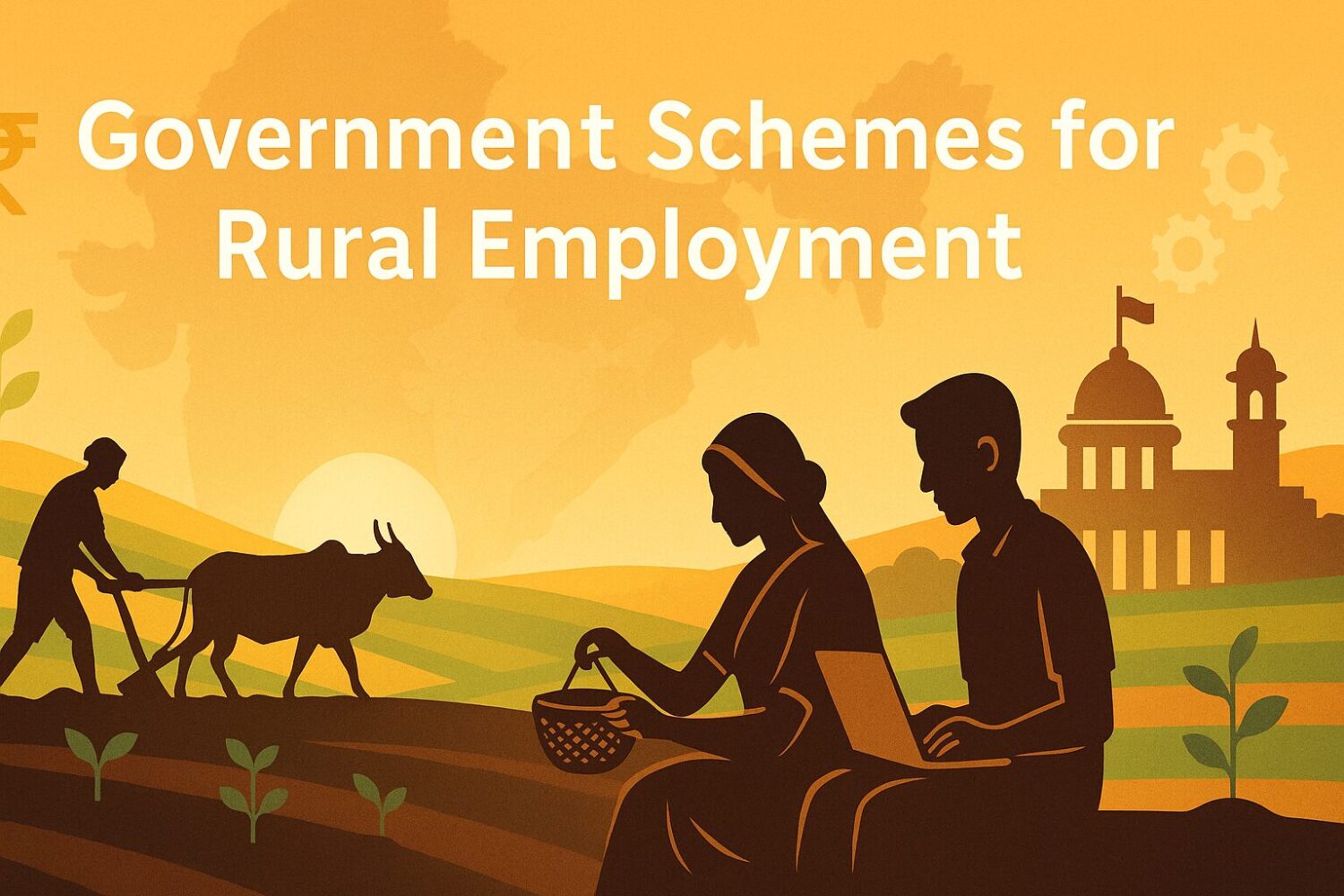

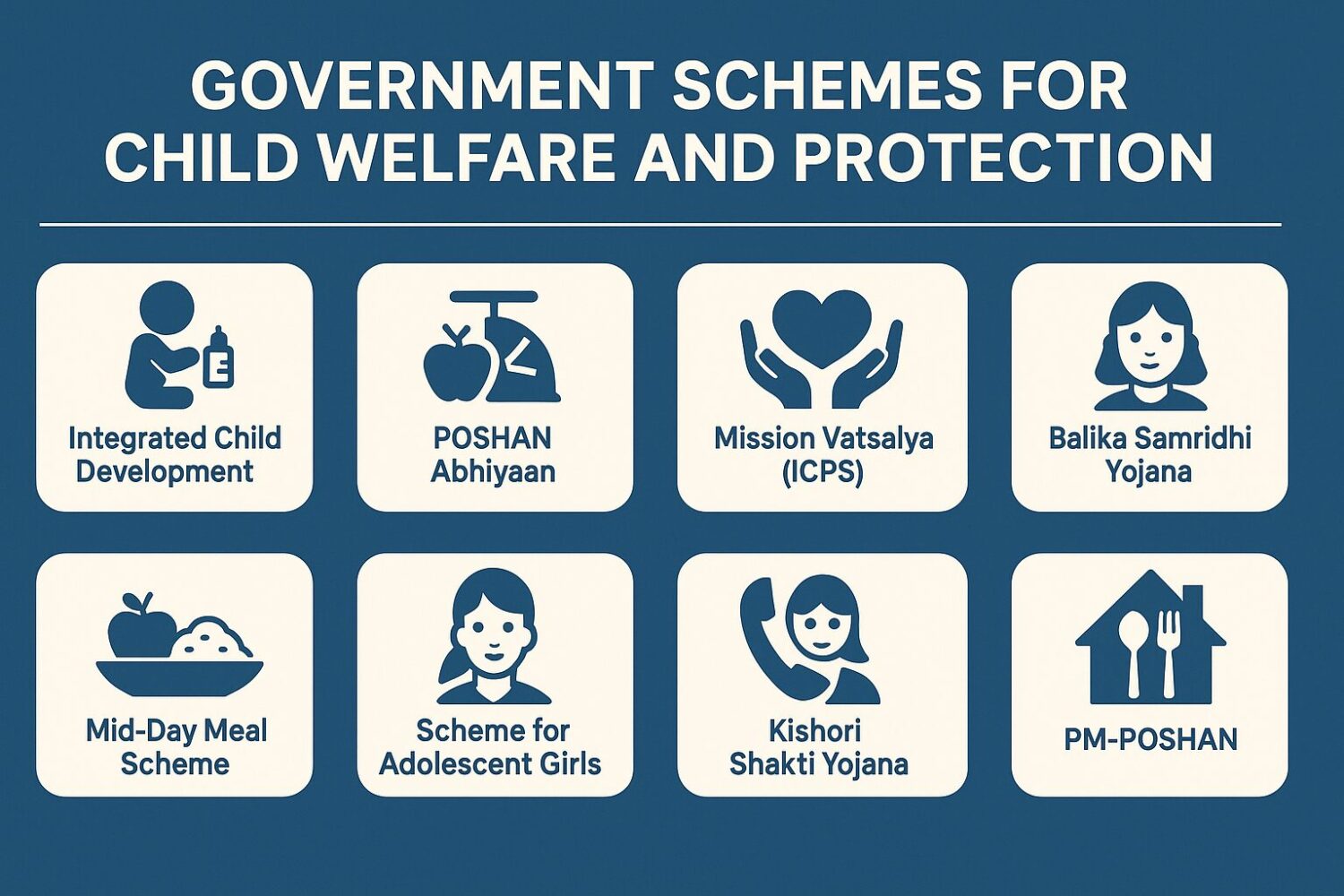
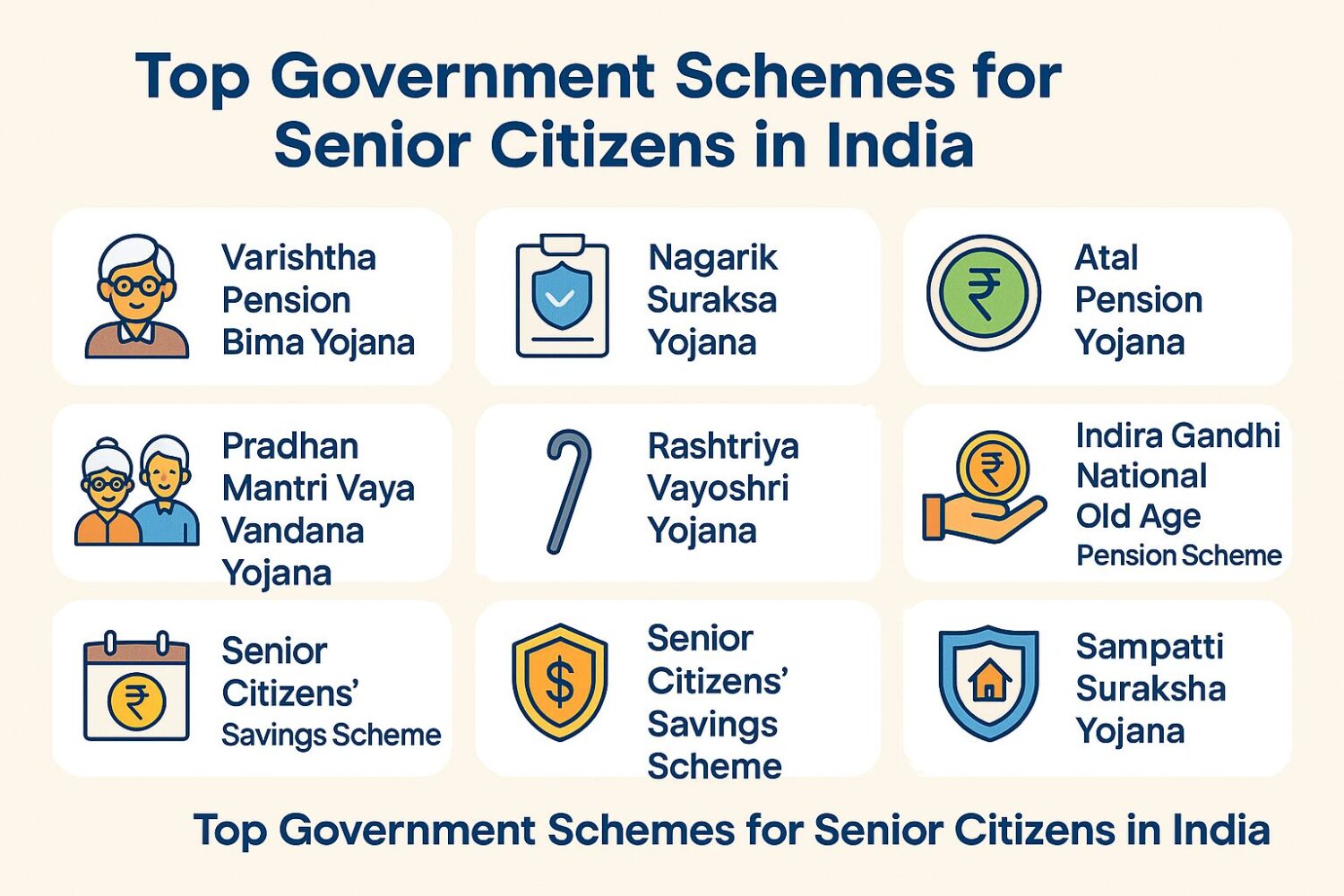
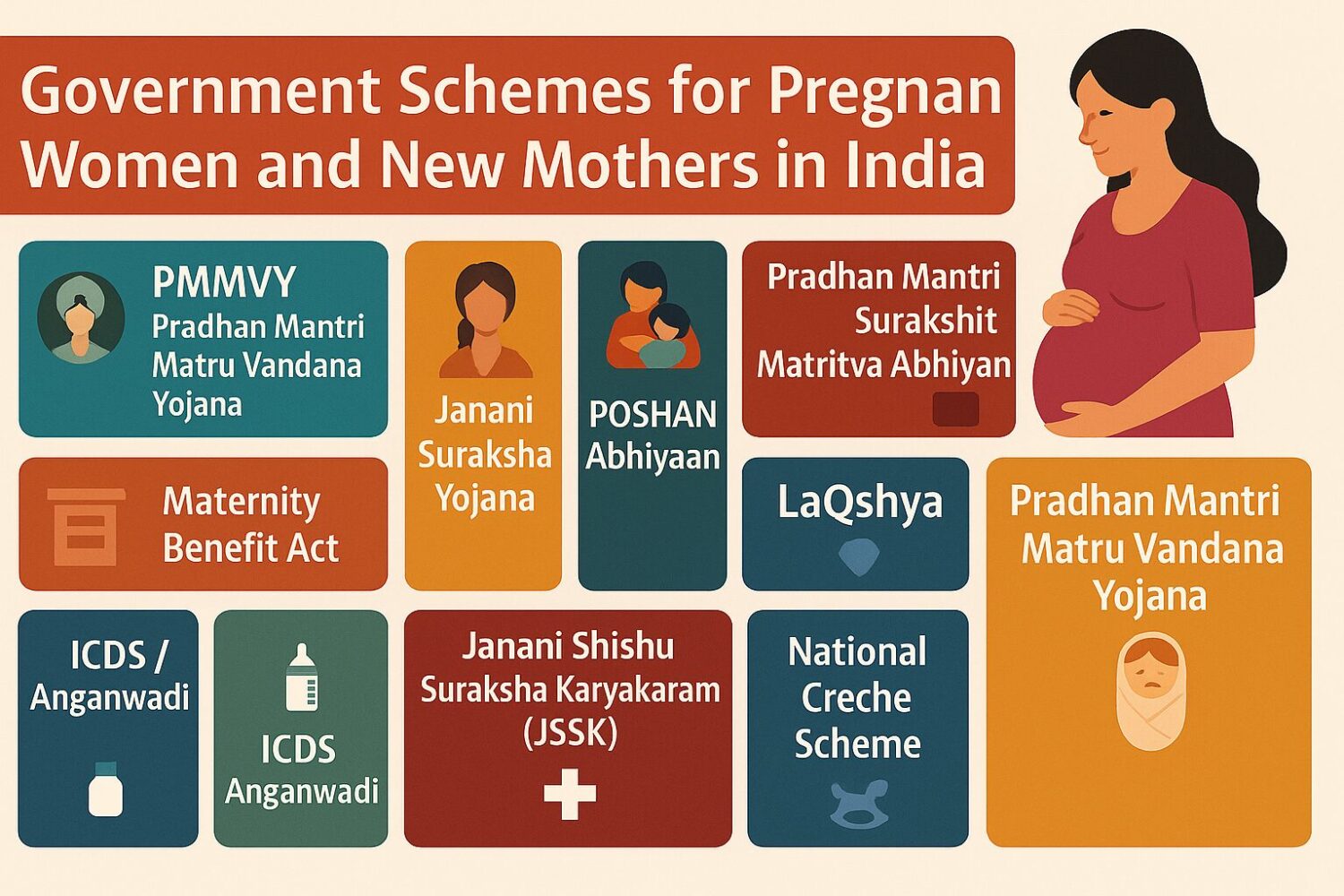
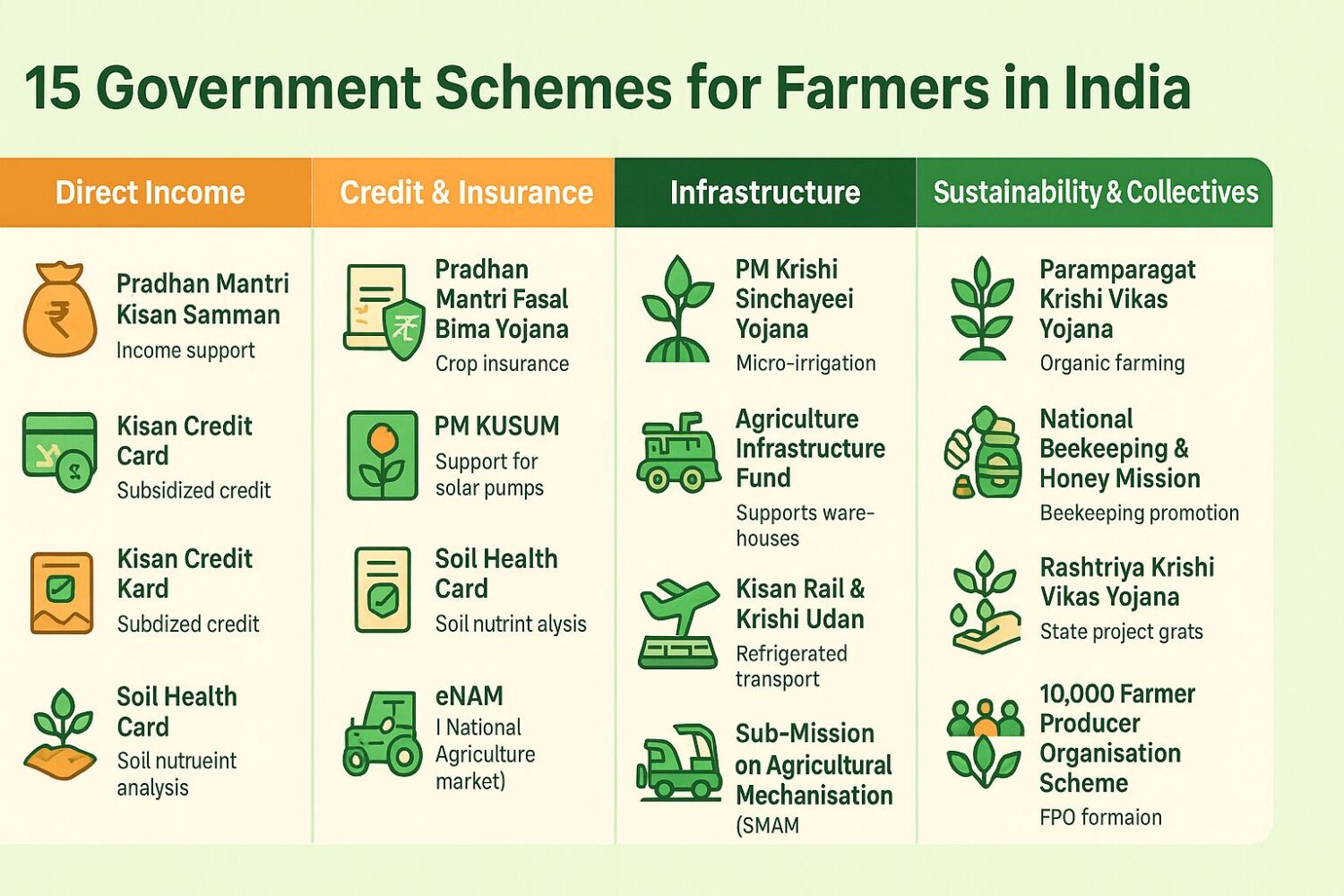


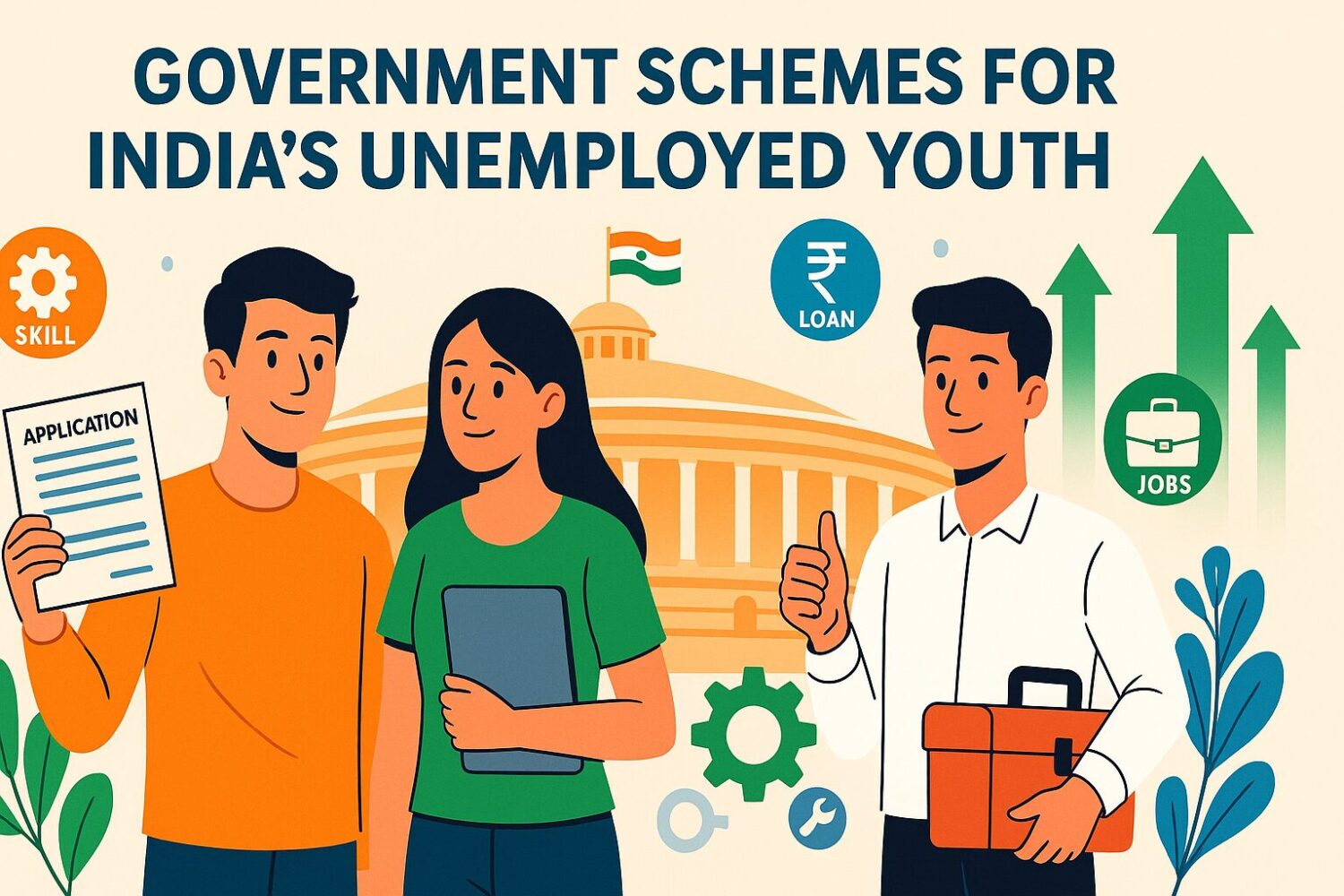
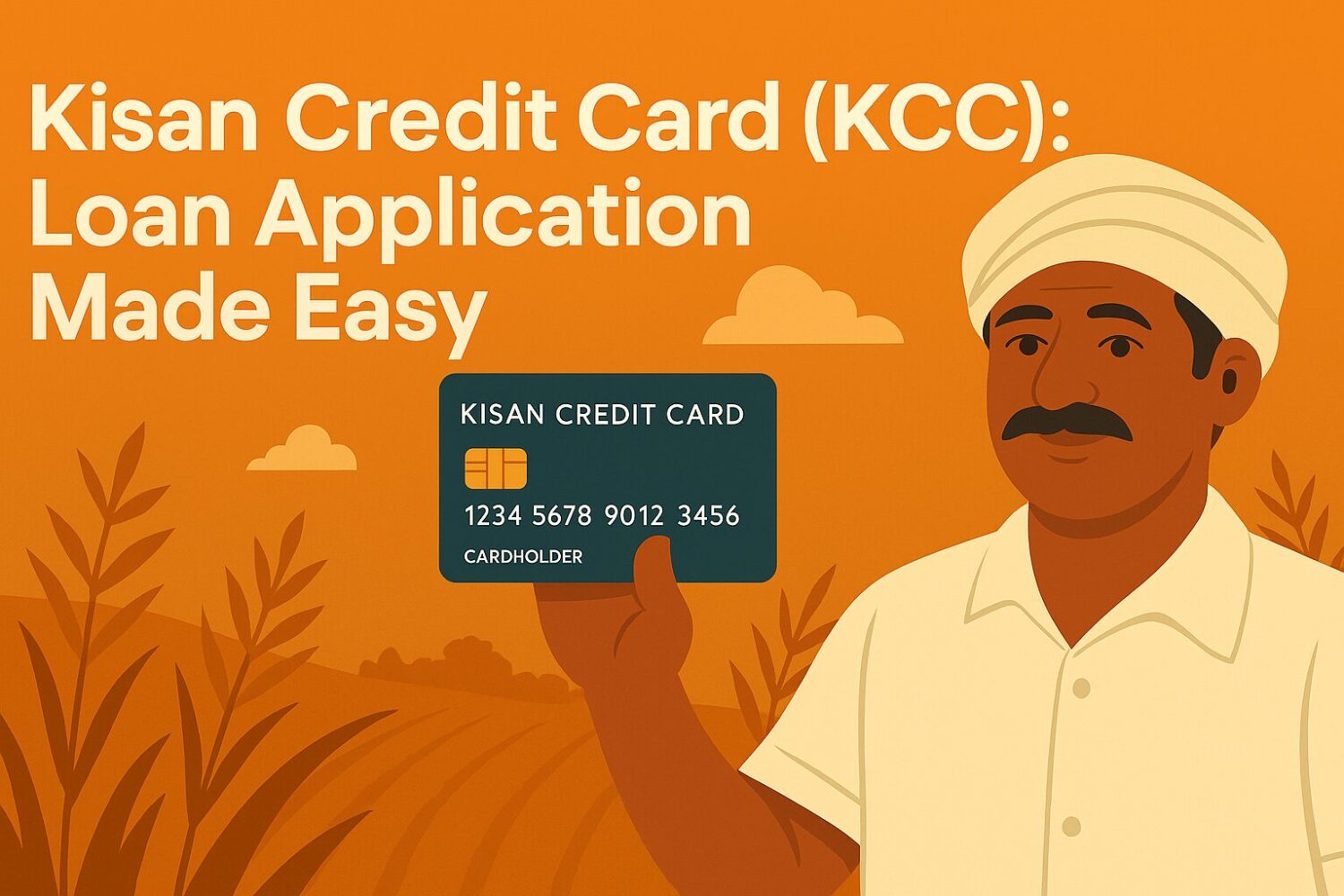


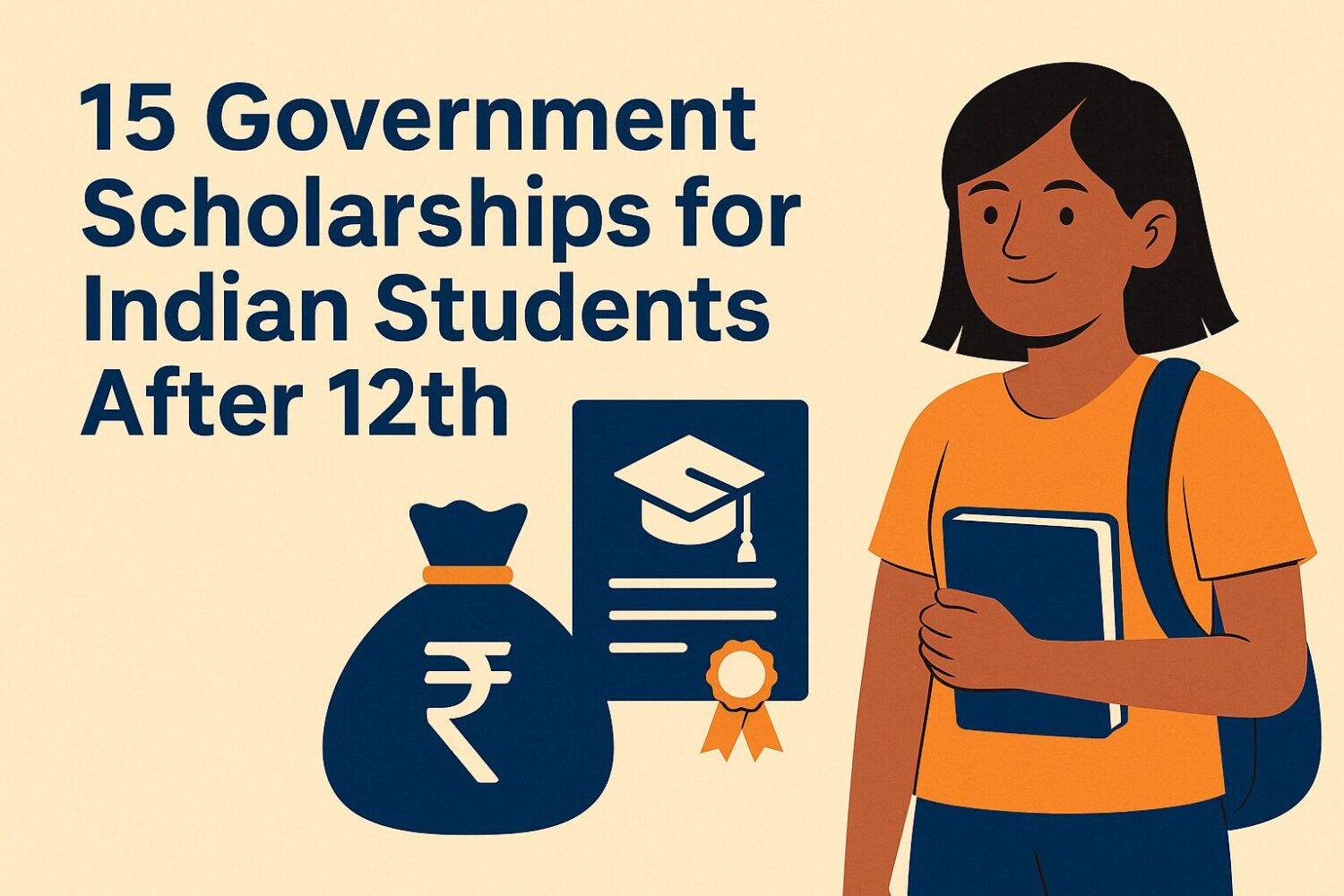



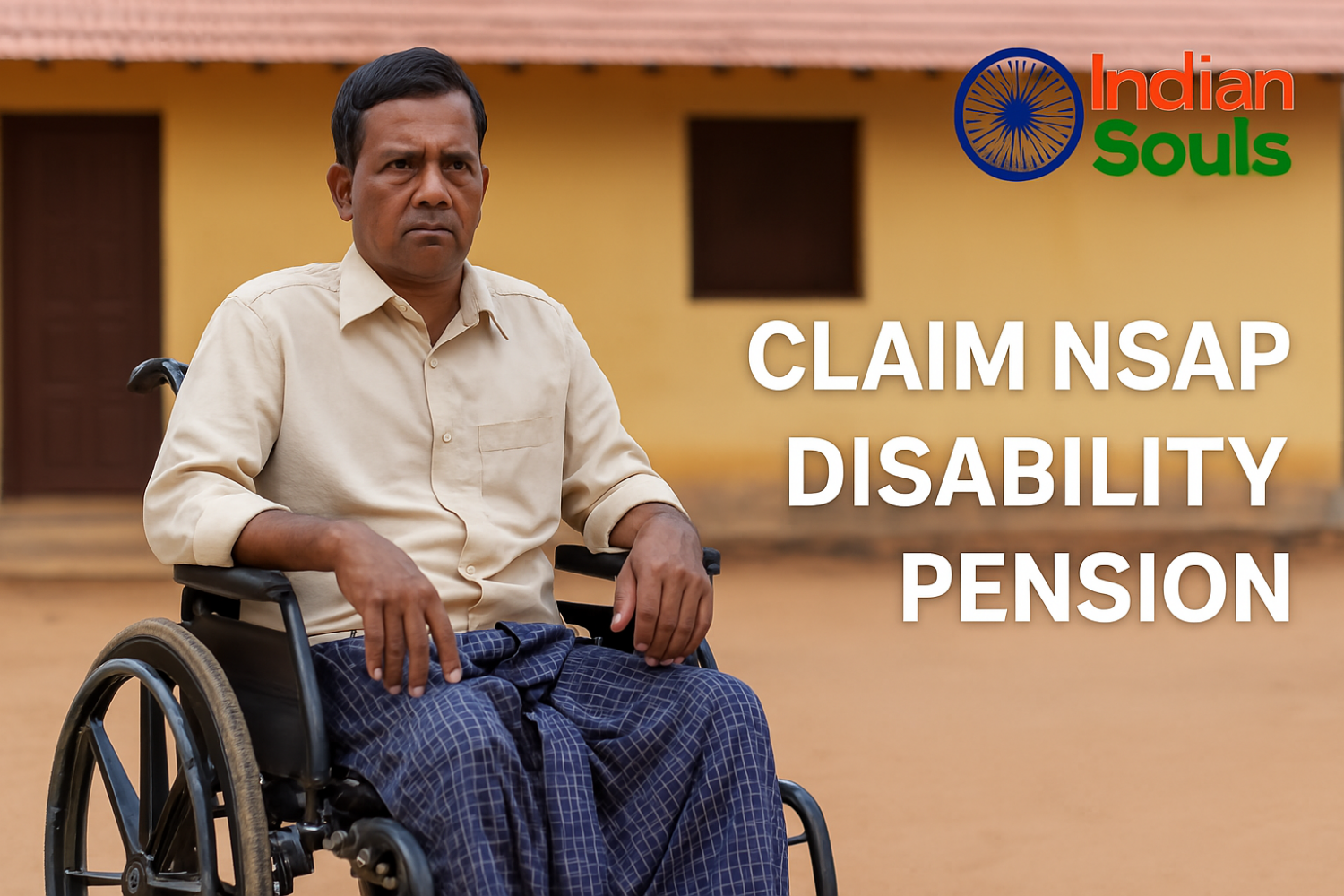


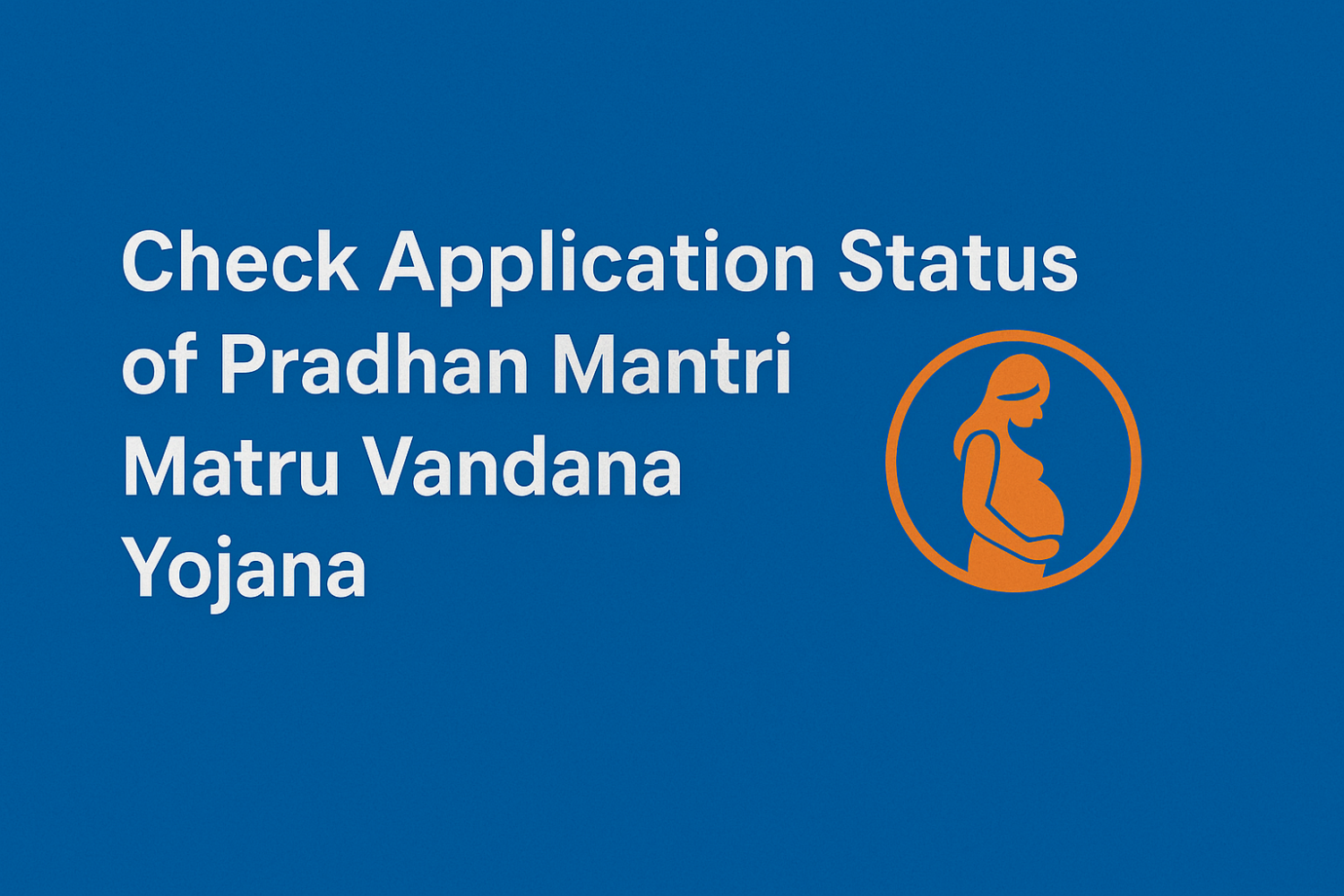











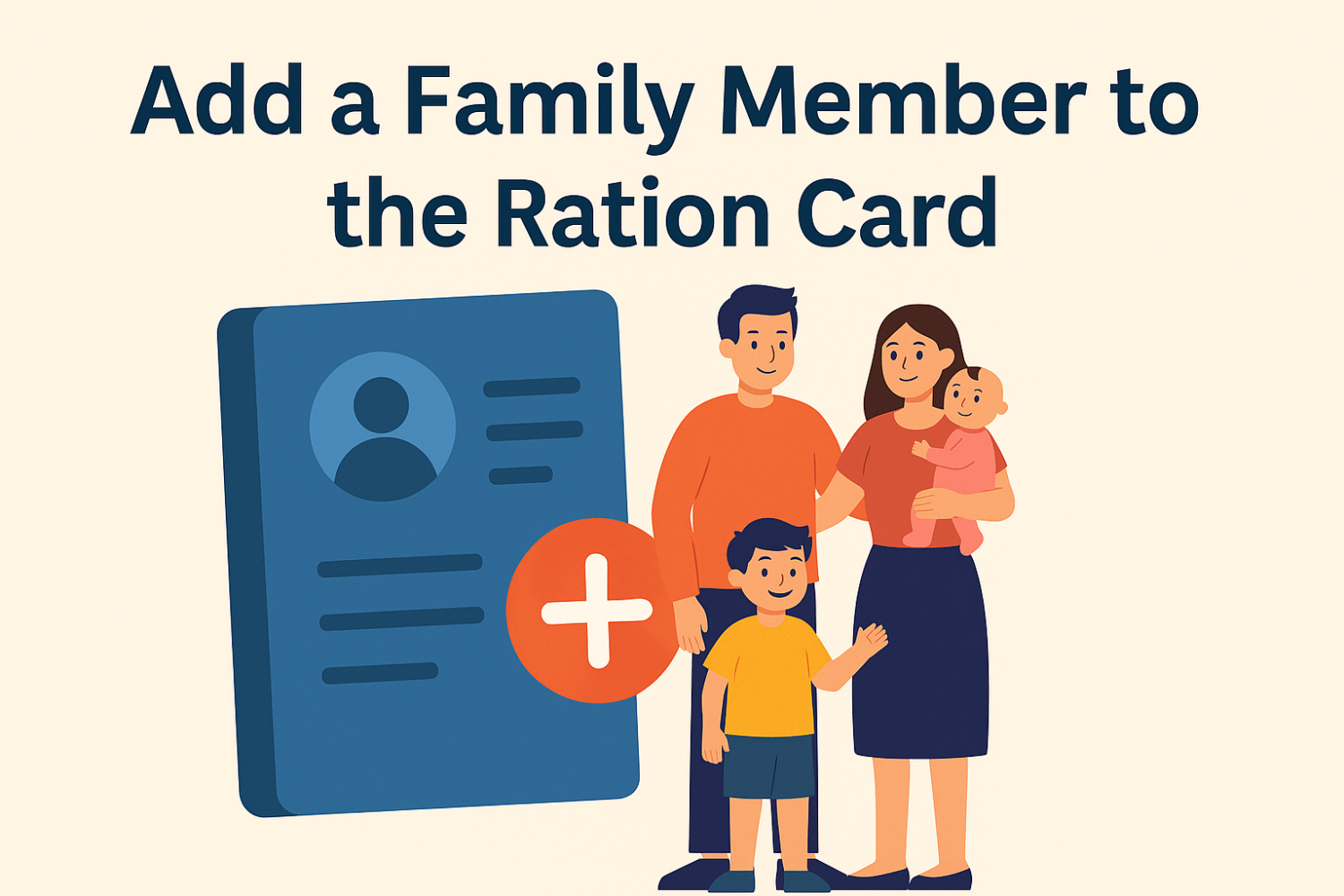


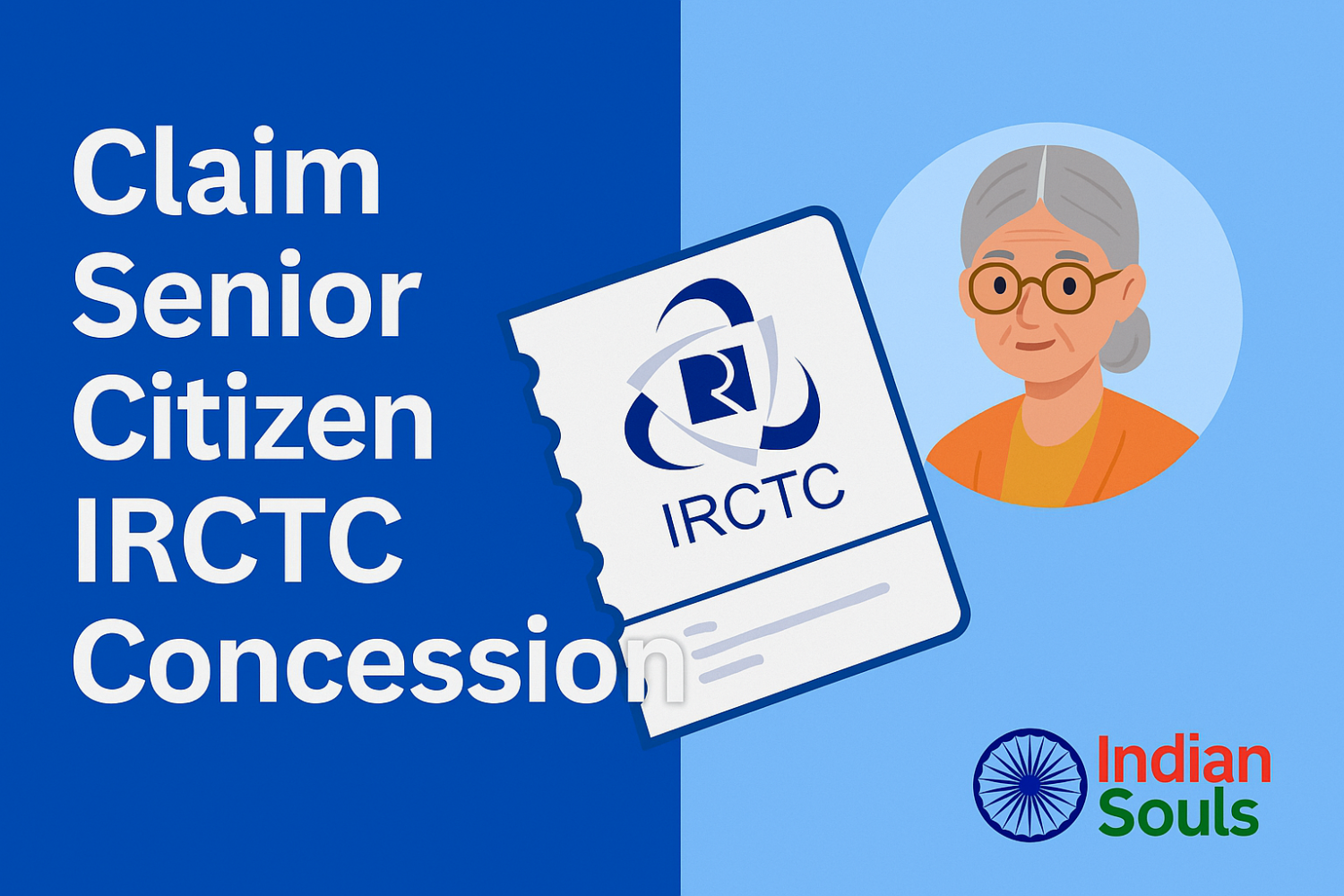








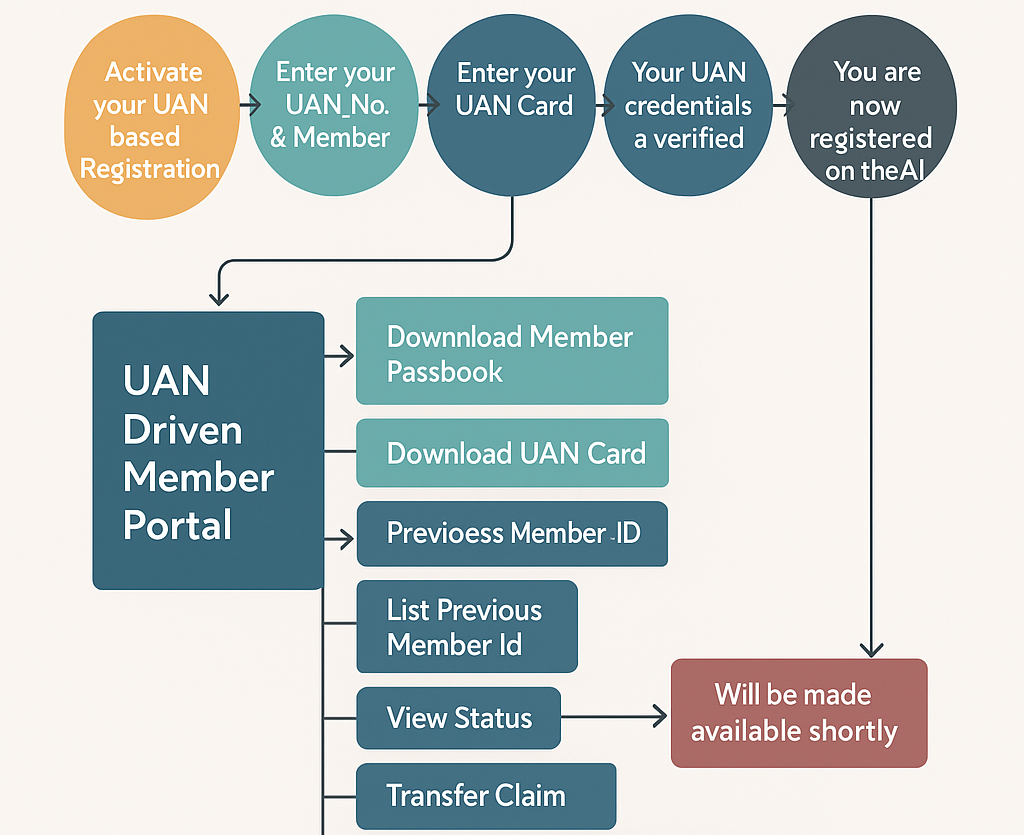

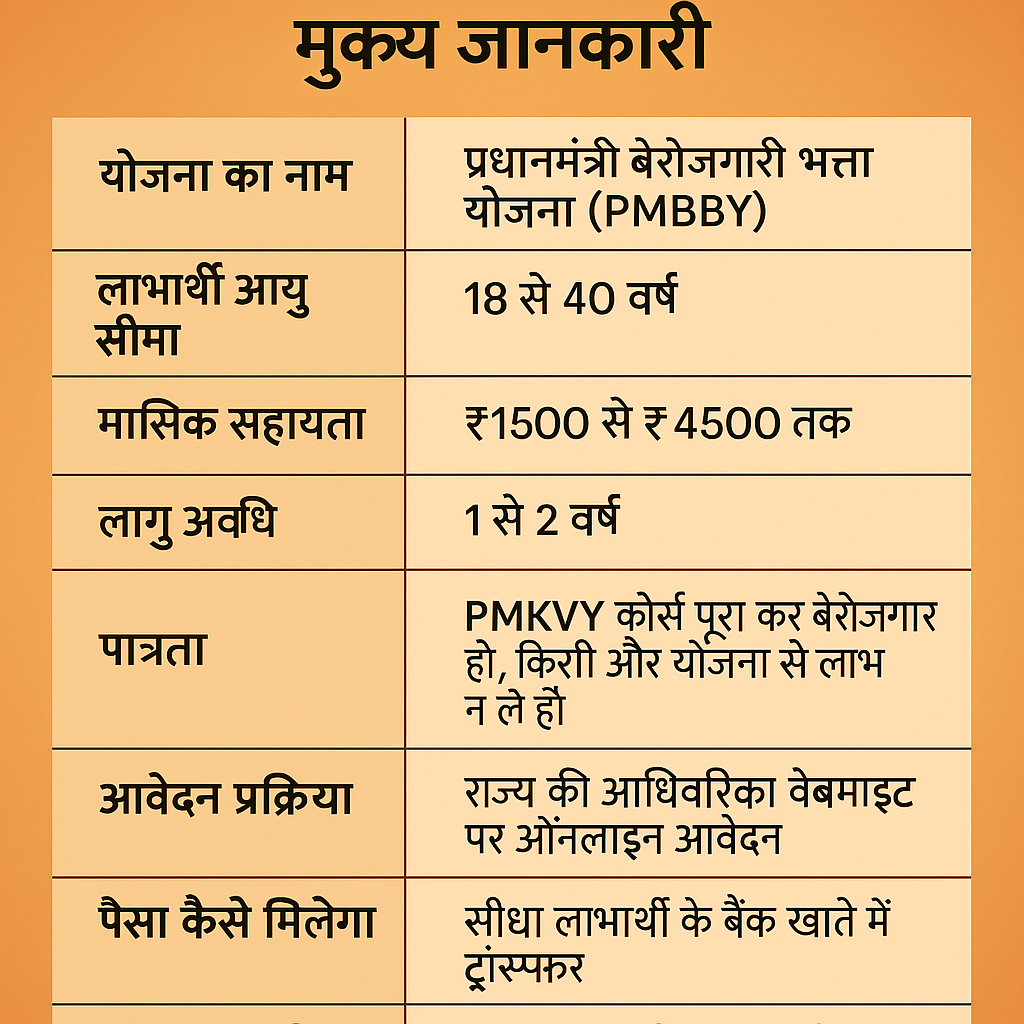
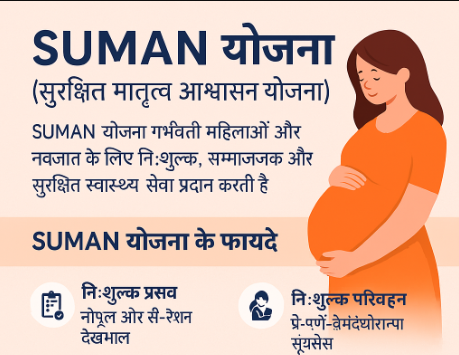


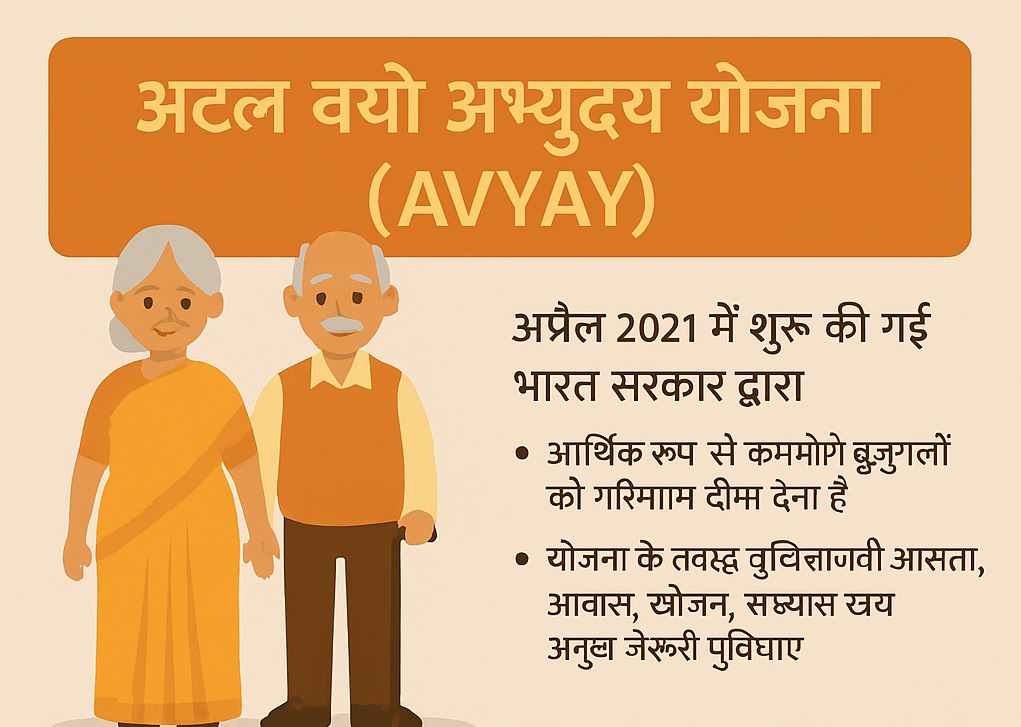


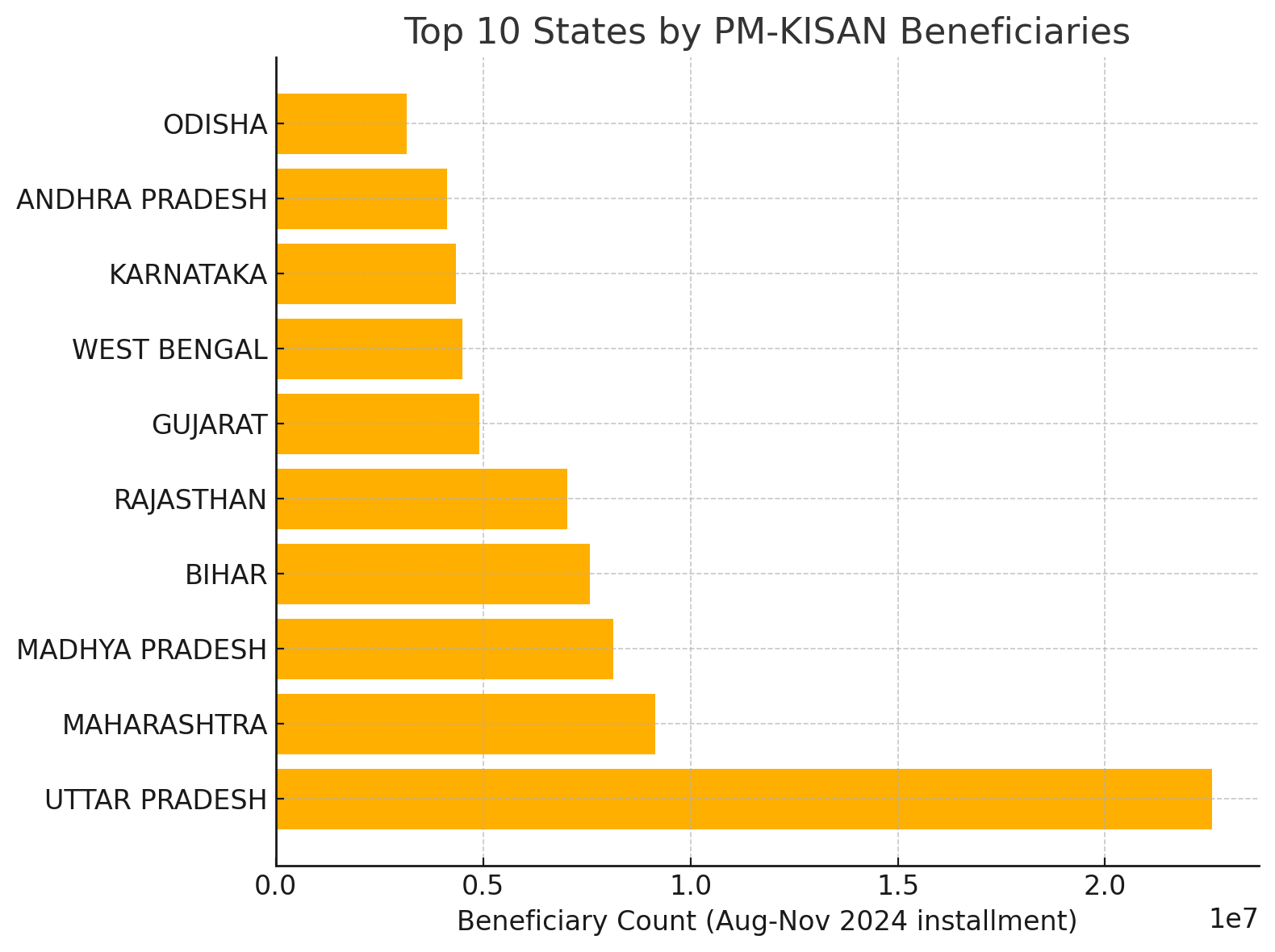
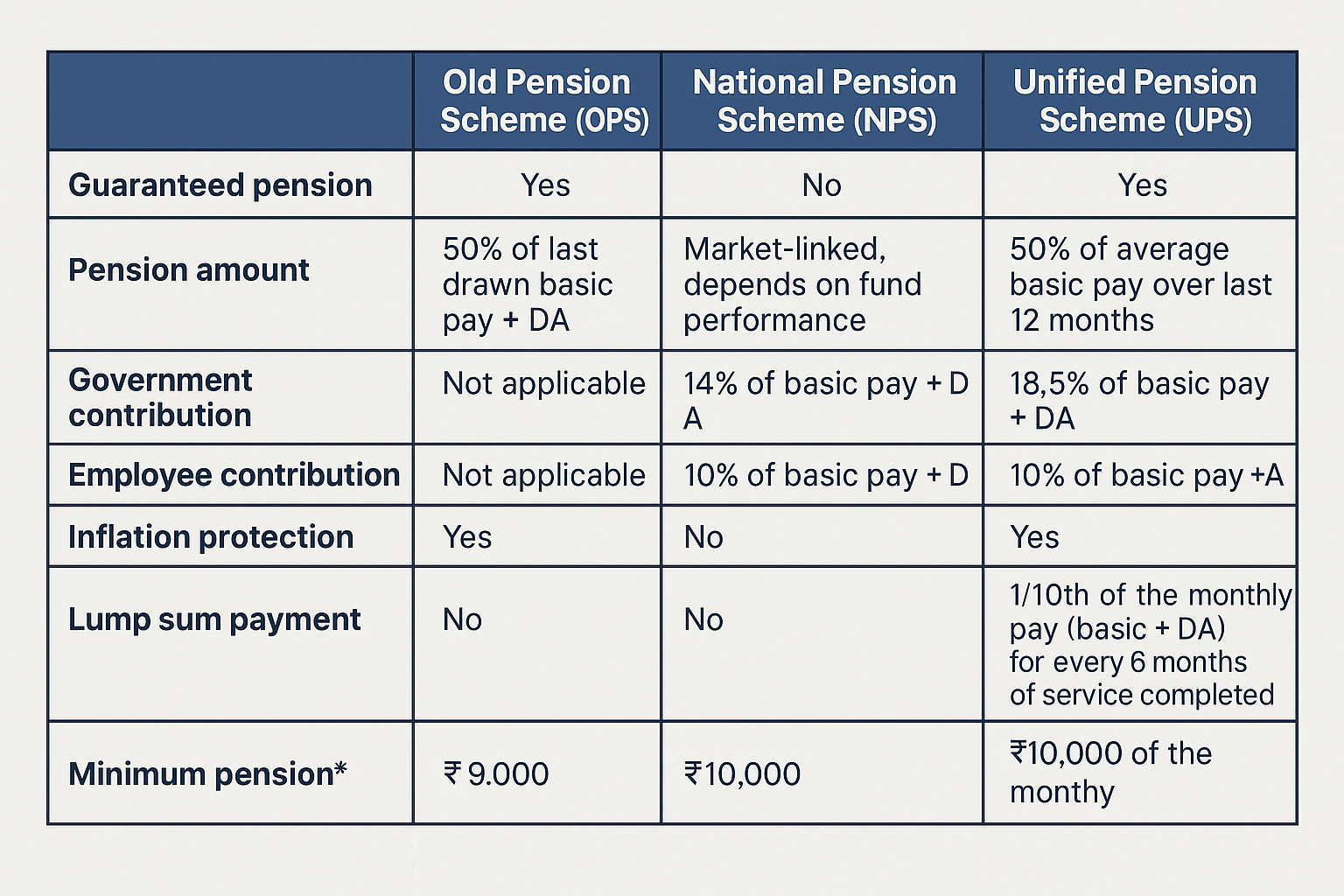











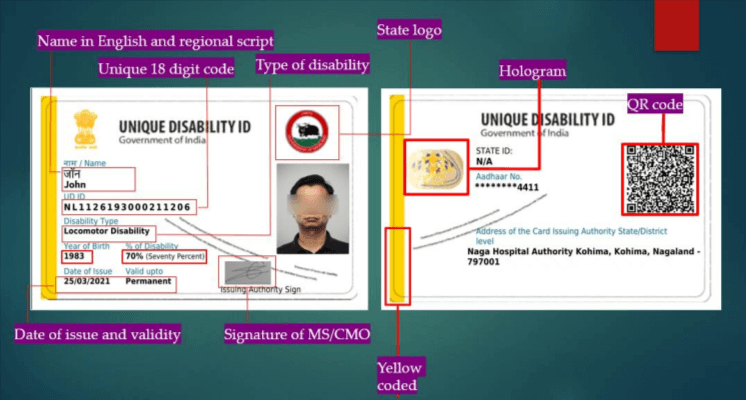
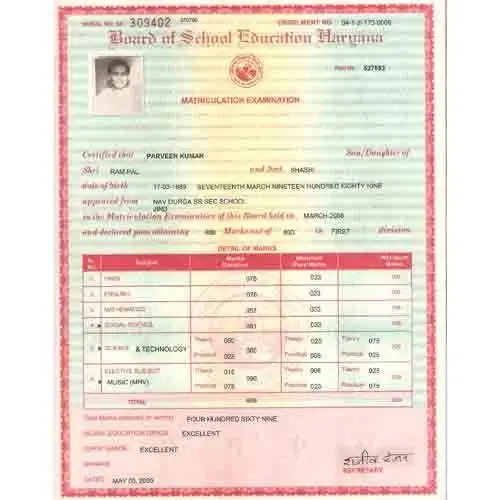
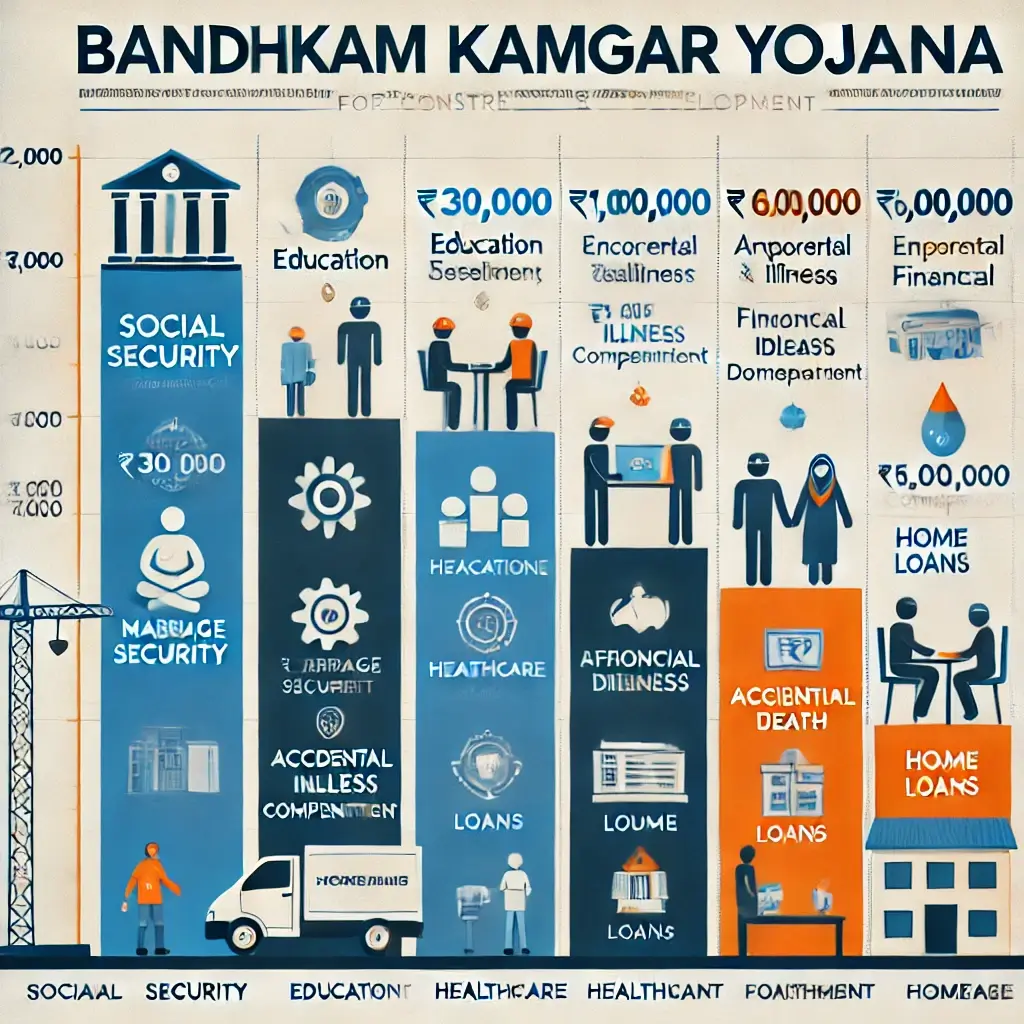
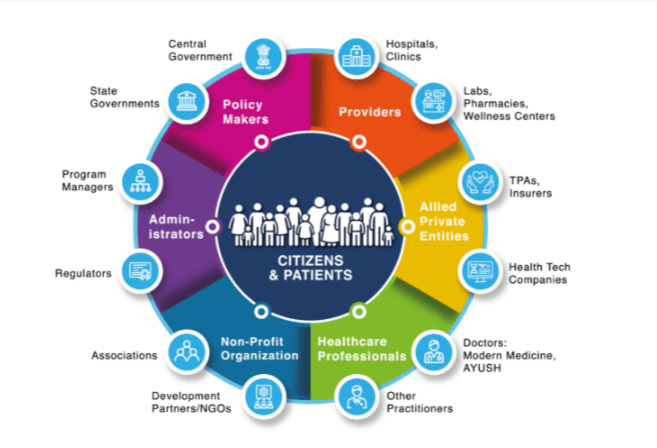



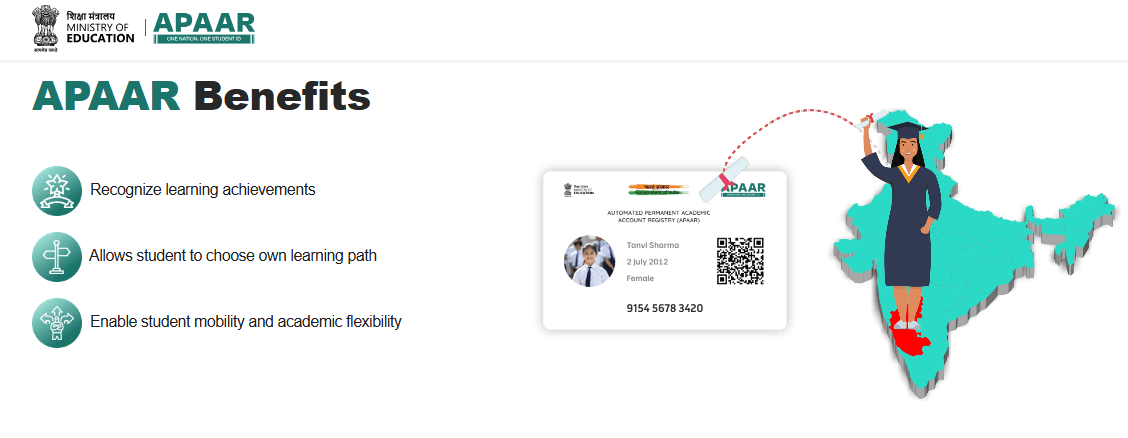
op17qq